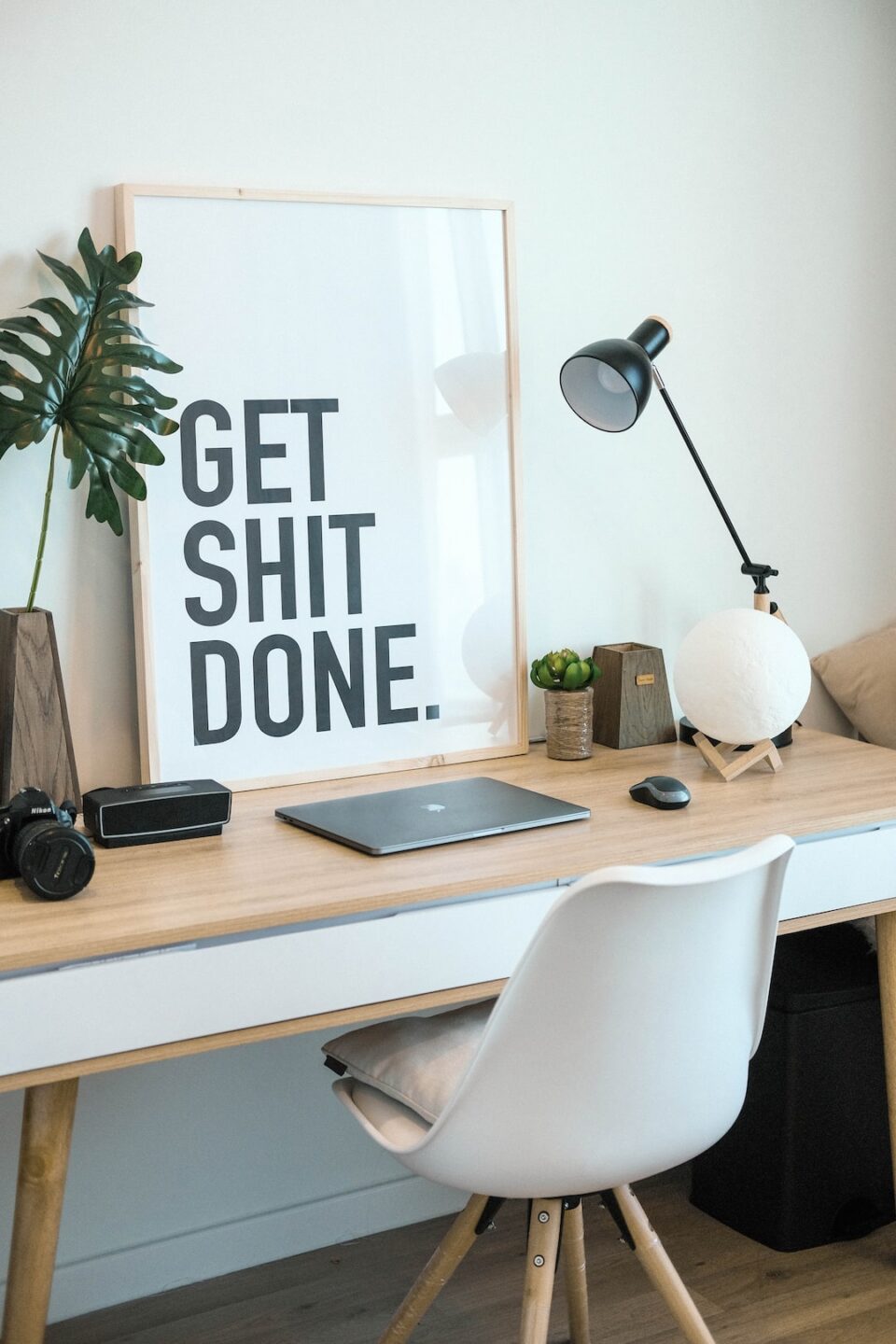In today’s technologically advanced world, more and more individuals are choosing to work from home. Whether you are self-employed or have the ability to work remotely, designing a welcoming and productive home office is crucial to your success. Creating a space that fosters focus, creativity, and productivity is key to maximizing your output and achieving professional success.
The first step in designing a home office that boosts productivity is selecting the right location. It’s essential to choose an area in your home that is separate from the rest of your living space. This will help create a clear distinction between work and personal life. Ideally, you want a quiet area away from distractions like the television or high-traffic areas. A spare bedroom, corner of the living room, or even a converted basement can serve as excellent locations for your home office.
Once you have chosen the location, it’s time to focus on the furniture and layout. Comfort is crucial when designing a productive home office, as you will be spending countless hours sitting at your desk. Invest in an ergonomic chair that provides proper back support and promotes good posture. Additionally, a desk that is the right size and height for you will ensure that you work comfortably and efficiently.
Proper lighting is another essential aspect of a productive home office. Natural light has been proven to increase productivity levels and improve overall mood. Position your desk near a window to take advantage of the natural light, and consider adding task lighting for extra brightness during darker hours. Avoid harsh overhead lighting that may cause eye strain and fatigue.
Organization is key when it comes to creating a productive workspace. Clutter and disarray can be major distractions and hinder productivity levels. Invest in storage solutions such as filing cabinets, shelves, and desk organizers to keep your space tidy and well-organized. A clutter-free environment will allow you to focus on your tasks and minimize distractions.
Color psychology plays a significant role in influencing productivity levels. Opt for colors such as blue, green, and neutral tones that promote calmness, focus, and concentration. Avoid overly bright or distracting colors that may have a negative impact on your ability to concentrate. Personalize your space with motivational quotes, artwork, or plants to create an inspiring atmosphere.
Another crucial aspect of a productive home office is ensuring a reliable and fast internet connection. In today’s digital age, a stable internet connection is essential for seamless communication, research, and file sharing. Invest in reliable internet service to prevent interruptions and maximize productivity.
Lastly, it’s essential to establish boundaries and set a schedule for your home office. Clearly communicate to family members or roommates that when you are in your office, you are not to be disturbed unless it’s an emergency. Additionally, establish a consistent work schedule for yourself to maintain structure and discipline.
Designing a productive home office is a personal process that will vary depending on individual preferences and needs. Consider these tips as a starting point and adjust and tailor them to create a workspace that best suits your unique style and requirements. With a well-designed home office, you will be able to work efficiently, stay organized, and achieve professional success from the comfort of your own home.

